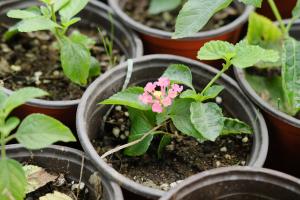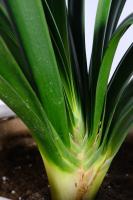Introduction
Peony trees are a popular flowering plant that brings beauty and elegance to any garden or landscape. While these trees are relatively easy to care for, transplanting a peony tree requires a bit more effort and planning. In this article, we will explore the factors you need to consider when transplanting a peony tree, and give you some tips on how to make the process as smooth as possible.
Choosing the Right Time to Transplant a Peony Tree
The best time to transplant a peony tree is in the fall or early spring when the plant is dormant. This is important because the plant will be less stressed during this period, and it will be easier to move it without damaging the roots. If you transplant during the summer, the plant will be actively growing, and the stress of moving it can cause damage or even death to the tree.
Preparing the New Site
Before you start digging up the peony tree, you need to prepare the new site where you will be transplanting it. The new location should have similar growing conditions as the current one, including the same soil type, sun exposure, and drainage. You should also make sure that the area is free from any weeds or other unwanted plants that can compete with your peony tree. Dig a hole that is slightly larger than the tree's root ball and add some compost or organic matter to the soil to enrich it.
Transplanting the Peony Tree
Transplanting a peony tree requires some careful handling to avoid damaging the roots. Start by gently digging around the tree's root ball using a spade, being careful not to cut any of the roots. Lift the tree and place it gently onto a tarp or other protective material, and then move it to the new site. Carefully lower the tree into the new hole, making sure that the root ball is level with the ground. Then, fill in the hole with the enriched soil, making sure that there are no air pockets around the roots.
Caring for the Transplanted Peony Tree
After transplanting the peony tree, it is important to keep the soil around the roots moist for the first few weeks. This will help the tree to establish its roots in the new location. You should also avoid fertilizing the tree for the first year, as this can cause the roots to burn. Instead, you can add some compost or organic matter to the soil to provide some nutrients. Finally, watch out for any signs of stress, such as wilting or yellowing leaves, and take action to correct any problems as soon as possible.
Conclusion
Transplanting a peony tree may seem like a difficult task, but with the right planning and techniques, it can be done successfully. Remember to choose the right time to transplant, prepare the new site, handle the tree carefully, and provide proper care after transplanting. By following these steps, you can enjoy a beautiful and healthy peony tree in your garden or landscape for many years to come.

 how many times do yo...
how many times do yo... how many planted tre...
how many planted tre... how many pine trees ...
how many pine trees ... how many pecan trees...
how many pecan trees... how many plants comp...
how many plants comp... how many plants can ...
how many plants can ... how many plants and ...
how many plants and ... how many pepper plan...
how many pepper plan...
































